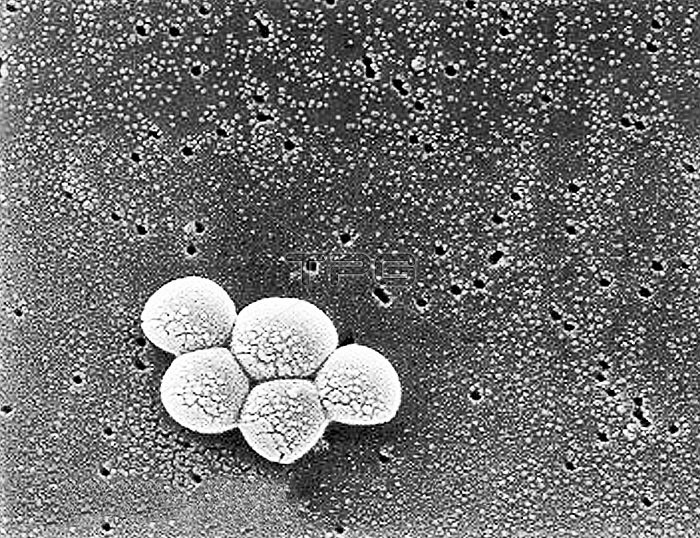
SEM depicts a grouping of methicillin resistant Staphylococcus aureus (MRSA) bacteria. They are from one of the first isolates in the U.S. that showed increased resistance to vancomycin as well. Note the increase in cell wall material seen as clumps on the organism's surface. Recently recognized outbreaks or clusters of MRSA in community settings have been associated with strains that have some unique microbiologic and genetic properties compared to the traditional hospital-based MRSA strains. This suggests that some biologic properties, e.g., virulence factors like toxins, may allow the community strains to spread more easily or cause more skin disease. A common strain named USA300-0114 has caused many such outbreaks in the United States. Staphylococcus aureus bacteria are found on the skin of all individuals; however, MRSA is a strain of these bacteria that has become resistant to certain antibiotics. Magnified 20000x.
| px | px | dpi | = | cm | x | cm | = | MB |
Details
Creative#:
TOP22224486
Source:
達志影像
Authorization Type:
RM
Release Information:
須由TPG 完整授權
Model Release:
N/A
Property Release:
No
Right to Privacy:
No
Same folder images:

 Loading
Loading